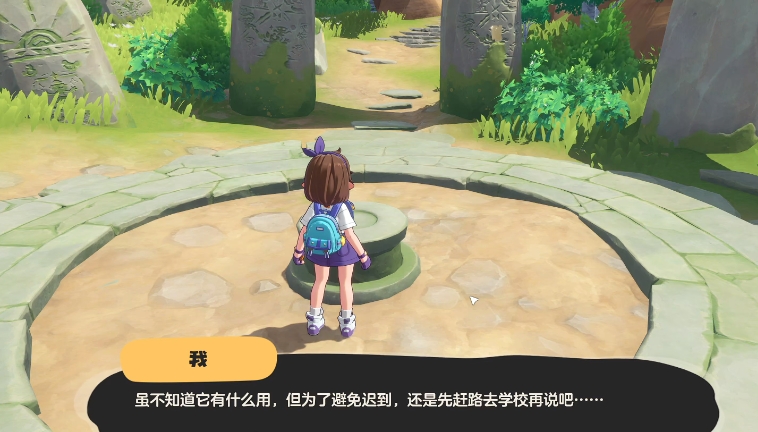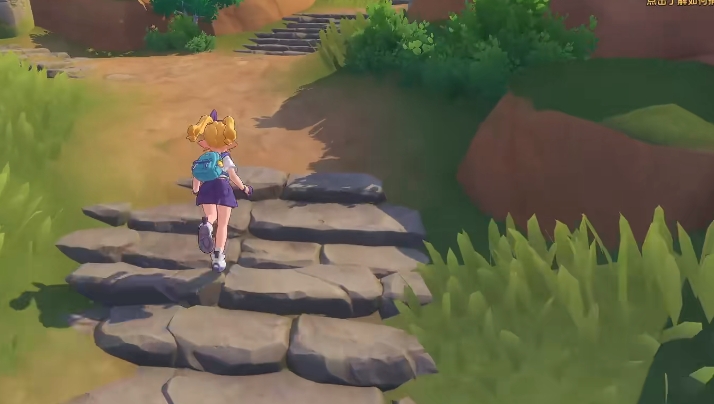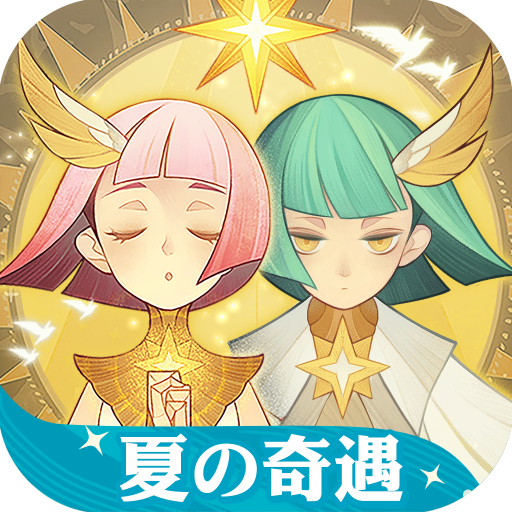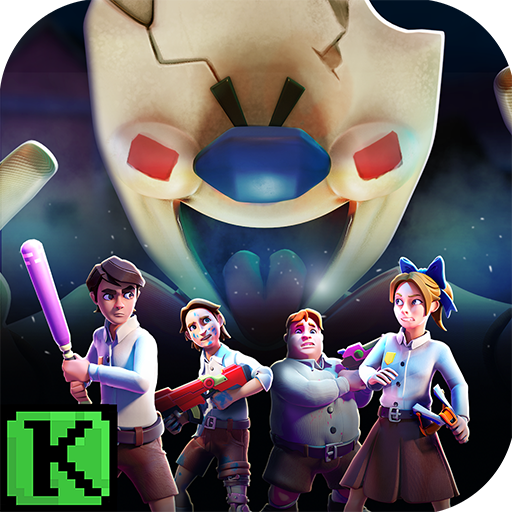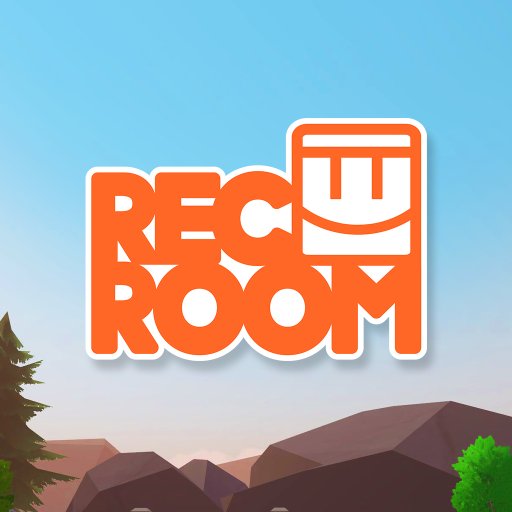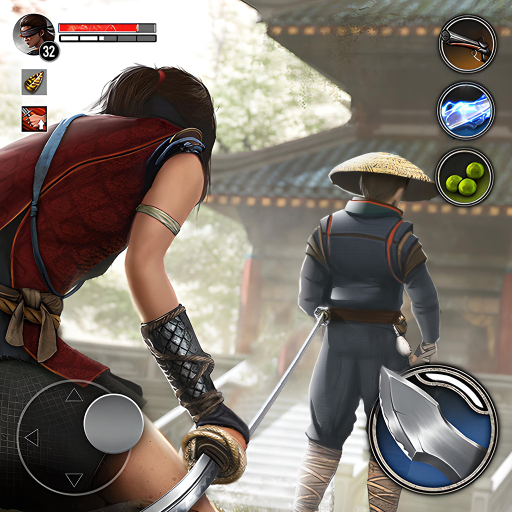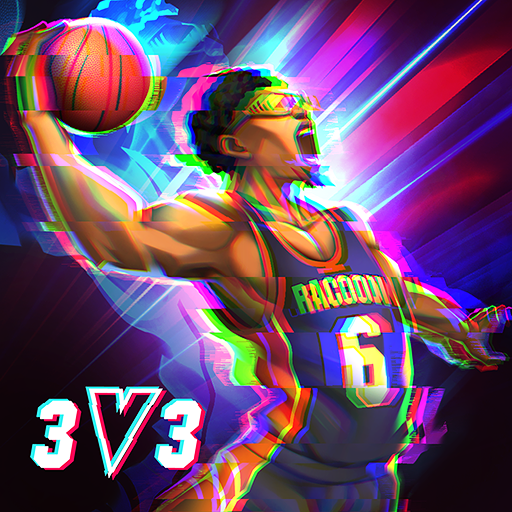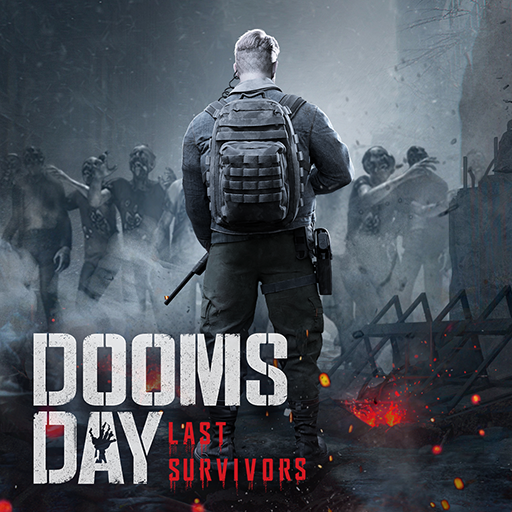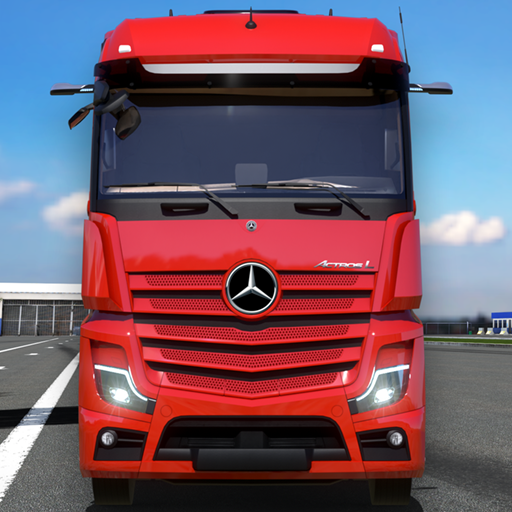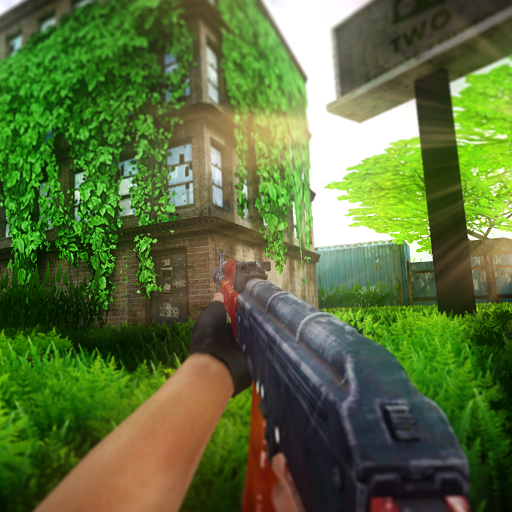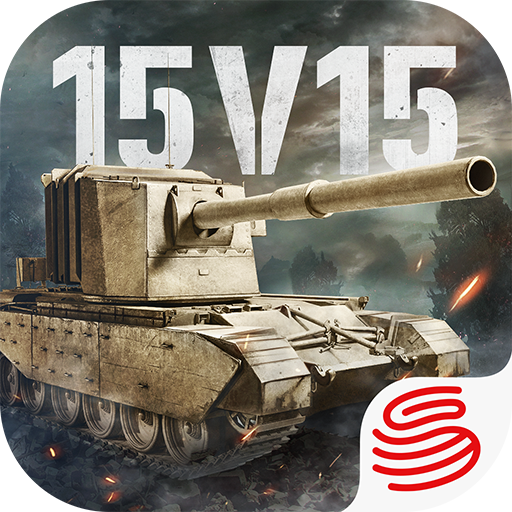In the vampire-themed turn-based game "Silver and Crimson," players can experience a rich variety of gameplay, with one of the major joys being the collection of powerful characters for PVE and PVP dungeon challenges. Especially in the PVP dungeon section, how to play the Silver and Crimson arena is quite challenging, and it may be difficult for some new players. So today, I will help players master the techniques.
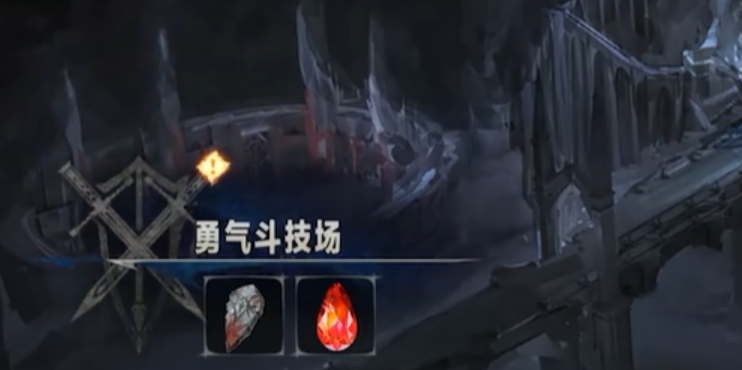
The arena mode in Silver and Crimson has a unique name: the Courage Arena. When players enter this special arena and open the relevant interface, they will see two very important items waiting to be obtained. These two items play a crucial role in the game. After preparing everything, players can start challenging various types of opponents. It's important to note that this arena is not a real-time competitive mode. Generally, players need to carefully set up their defense team within the interface, which serves two important purposes.
On one hand, it represents the player's main combat power. In the arena, players will encounter opponents of all skill levels, and this defense team can directly eliminate those with relatively weaker combat abilities. Through this method, players can quickly improve their rankings and occupy more advantageous positions on the arena leaderboard. On the other hand, this defense team also serves to attract challenges from other players. When other players challenge your lineup, if you successfully fend off their attacks and win the battle, your ranking will not only increase but you will also receive generous rewards.
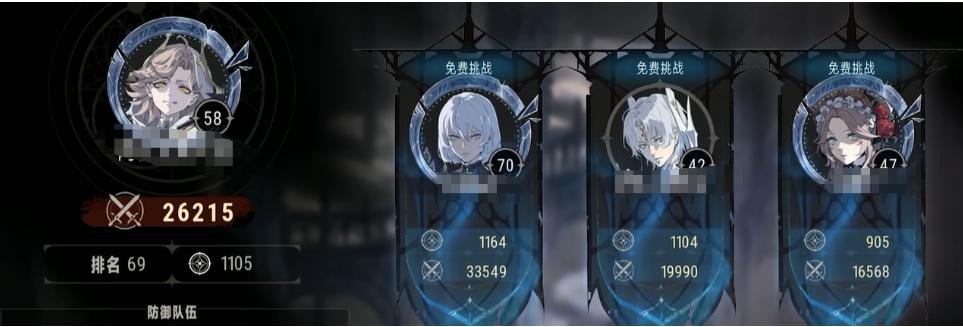
The difficulty of the arena mode is not particularly high, as players have a certain degree of choice when challenging and can pick their opponents. In the interface, up to three opponents are displayed for the player to choose from, and each opponent's combat power is clearly shown. This provides an important reference for players to judge whether they can defeat the opponent. If the player's combat power is higher than that of the three displayed opponents, theoretically, the player has a high chance of defeating them all.
Once these three opponents are successfully defeated, the player's ranking will improve, which positively affects their position in the arena. As the player continues to challenge and gradually improves their ranking, the combat power of the three opponents refreshed by the game system will change. If the refreshed opponents' combat power is significantly lower than the player's current combat power, the player can continue to challenge them, further improving their ranking through victories.
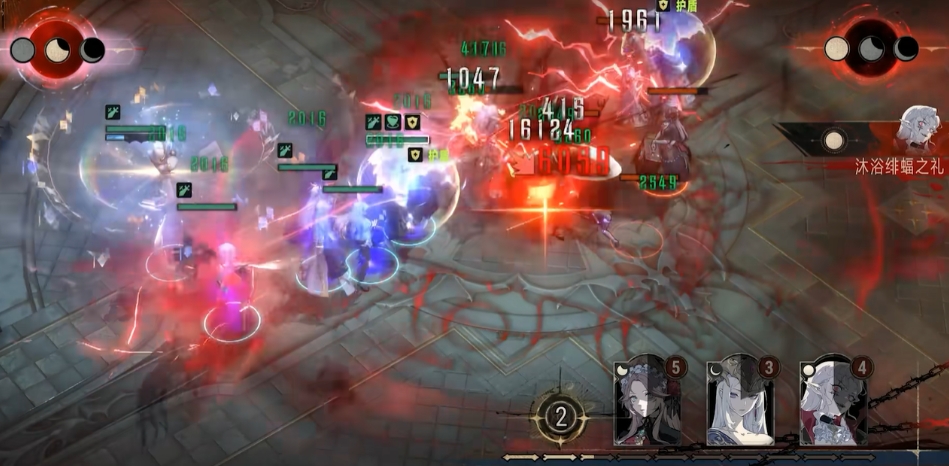
However, if the refreshed opponents' combat power is significantly higher than the player's, it is not advisable to continue challenging blindly. In such a situation, the chances of winning are relatively low, and more importantly, if the challenge fails, the player's ranking will not only fail to rise but may even drop. Therefore, the wiser approach at this point is to use the free refresh function to find a batch of opponents with relatively lower combat power, thus maintaining a steady rise in ranking.
As players spend more time in the arena, the combat power level of the opponents arranged by the system will gradually and steadily increase. At this stage, players will find that it becomes increasingly difficult to refresh and find opponents with lower combat power. In this situation, the best way for players to continue achieving better results in the arena is to focus on improving the overall combat power of their team. Only with a sufficiently strong team can players achieve cross-ranking challenge victories.
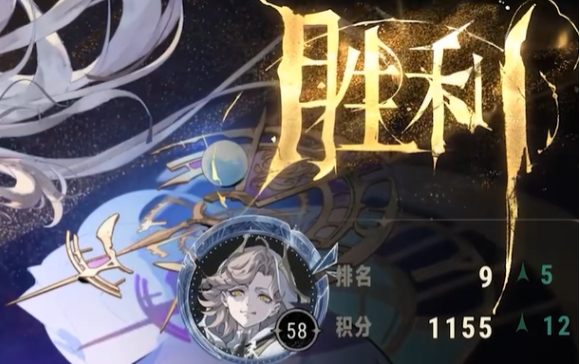
This concludes the introduction on how to play the Silver and Crimson arena. Currently, in the game, if players want to improve their rankings, relying solely on challenging opponents with lower combat power is a very slow process and makes it hard to gain an advantage in high-level arena competitions. Therefore, the main focus should be on enhancing the strength of your own team.
